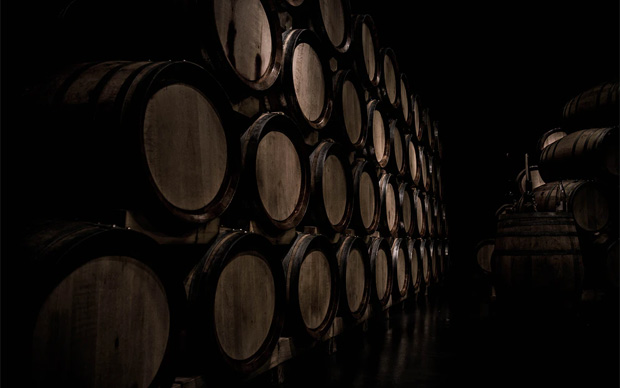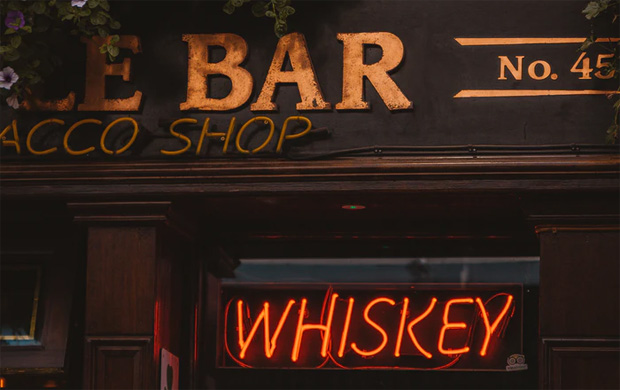The Difference between Single Malt and Blended Scotch Whiskey

The Difference between Single Malt and Blended Scotch Whiskey
Are you new to the world of scotch whiskey? Great! To learn about the world of whiskey better and how to enjoy your whiskey drinks, you need to understand how single malt and blended scotch whiskey are distinct from one another.
Understanding whiskey is a very complex task, even for those experienced in the whiskey world. The major difference in store is that a single malt comes from a single brewery, whereas a blended scotch can originate from several. However, let’s take you more in-depth to make you understand the differences.
The Major Differences between Single Malt and Blended Scotch
The major differences between both single malt scotch and blended scotch are as listed:
- Single malt whiskey is manufactured and packaged at the distillery, but blended whiskey is manufactured by blending two or more whiskeys.
- Single malt scotch is produced using malted barley and water, while blended scotch is produced from malt whiskey and grain whiskey.
- Single malt scotch is stored for around three years, while blended scotch is stored for about five years.

What is Single-Malt?
A single malt scotch is a single distillery scotch made mostly from barley. Consider it the specialty of a distillery. They prefer to always be stable between bottles (expert distillers work hard to ensure this); however, if you appreciate Oban for 12 years, you can be guaranteed that it will be the same bottle to bottle.
A widespread misunderstanding is that “single malt” alludes to a single barrel. This is not correct. The word “single” indicates the distilleries or region, not the barrel. This is required for various reasons, notably guaranteeing a stable whiskey supply and creating the distinct taste and flavor that each distillery is known for. Campbeltown Single Malt is a popular single malt scotch that you can get if you are into single malt.
Types of single-malt
It is very clear by now what a single malt scotch is; here is a major sub-variant of single malt scotch:
- Single Barrel Scotch
This is the single malt type that derives just from one lot or barrel! They’re uncommon as most bottles and tastes are produced by integrating various barrels. These are only really reserved for the greatest barrels.

What is a Blended Scotch Whiskey?
Blended Scotch is a combination (or “mix”) of various whiskies from numerous distilleries. Single malt whiskey is a powerful and tough-to achieve drink. Blended whiskies have originated as a pricing and sales substitute and even an alternative for taste.
Blended whiskey represents a large portion of all whisky marketed across the world. Producing a 21-year single malt whisky takes a long time. A tasty mix may be made in a relatively short time. It also resonates with a broader audience, leading to increased sales.

Types of blended scotch whiskey
Here are two major variants of blended scotch whiskey:
- Blended Malt Scotch
Blended malt scotch is exactly what it says on the package—a concoction of two or more distinct malts from multiple Scottish distilleries. Bottles, on the other hand, can very well contain a single grain.
- Blended Grain Scotch
A blended grain scotch whisky is composed of two and sometimes more distinct grain whiskies from various parts of Scotland. They’re not as popular as blended malts, but they do exist.

Conclusion
Whiskey comes in a wide variety. Understanding the difference between single malt and blended scotch whiskey can be very helpful for a drinker to figure out what exactly he desires to consume.
Guest Article. Contains a sponsored link.





